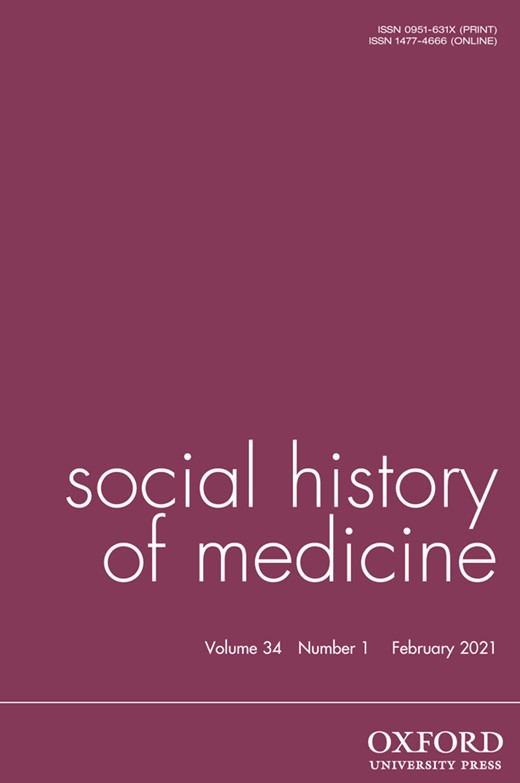-
Views
-
Cite
Cite
Stephanie Boyle, Saint and Doctors: Gender, Social Class and Spiritual Health in the Egyptian Delta from the 1890s to 1910s, Social History of Medicine, Volume 34, Issue 1, February 2021, Pages 237–255, https://doi.org/10.1093/shm/hkz112
Close - Share Icon Share
Summary
In the 1890s, the American United Presbyterian Mission selected the Egyptian delta city of Tanta as the site for their new mission. Like the Egyptian government, these missionaries saw Tanta as a place that drew the sick. Their interest in the city developed mostly from the city’s reputation as a site of cholera during the 1848 outbreak. Many ill and afflicted pilgrims came to Tanta to not only receive blessings from the patron saint Ahmad al-Badawi but also to be treated by the various healers, physicians and pharmacists around the mosque and tomb. This article shows that Tanta was a site of collaboration amongst female physicians and healers and posits that Tanta’s system of health thrived most notably when these Christian missionaries worked within the local system of healers and embraced the culture of well-being rather than imposing modern attitudes about medicine and treatment.




